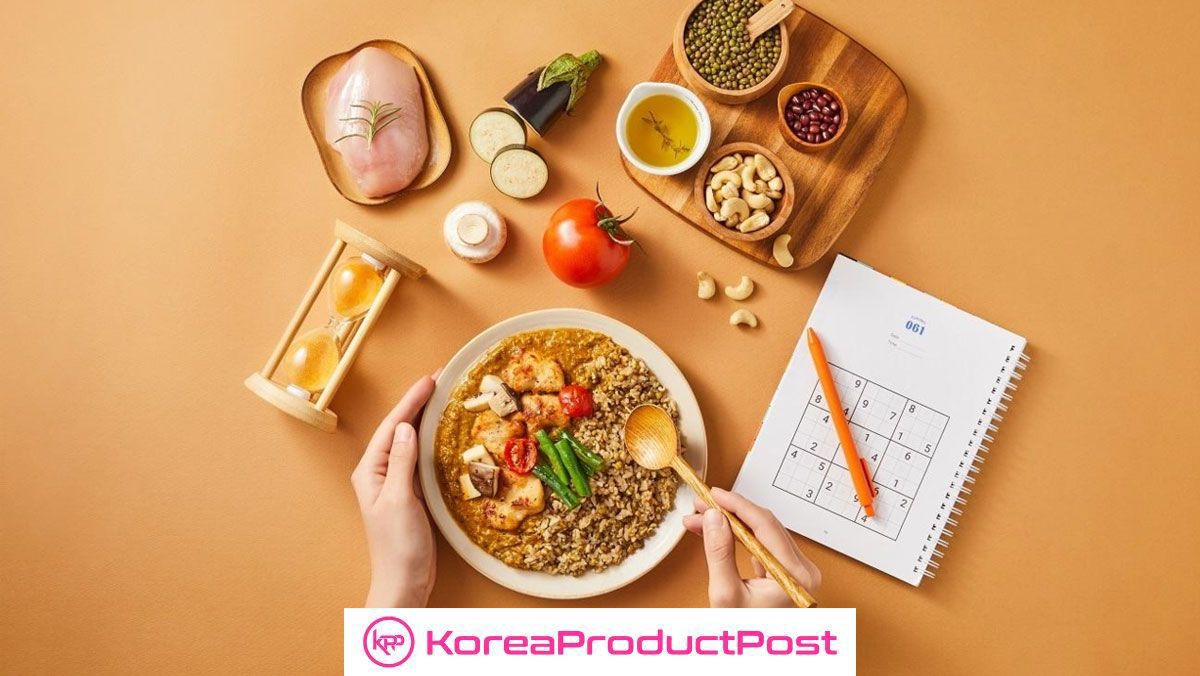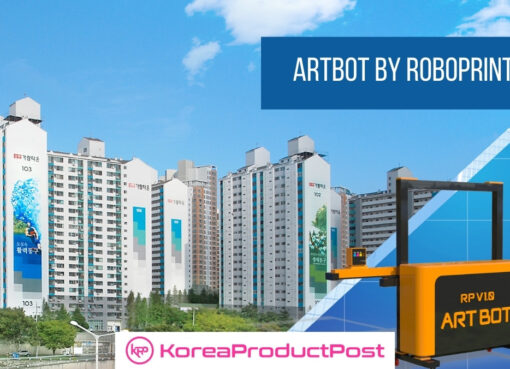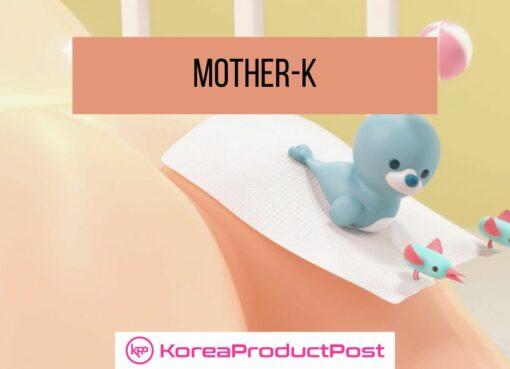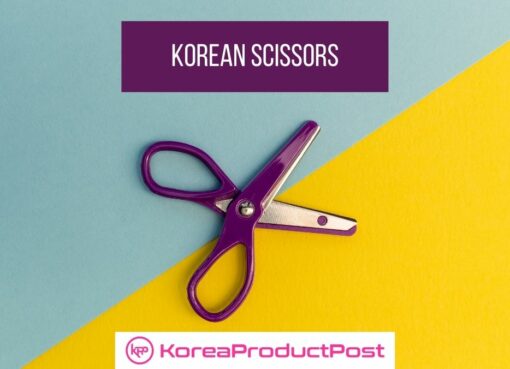You’ve probably seen it on your feed—a rice ball wrapped in kale, tofu salad with barley instead of bread, or a strange but intriguing bowl of ice-cold lentil ramyeon. Don’t get confused. It’s not like those short-lived diet syndrome trends, but a new groundbreaking movement in South Korea: the process of slow aging.
But what is it and how have these slow-aging trends completely reshaped how health, aging, and food intersect in Korean life? Not only that, but the fact that it’s Gen Z again that’s leading the charge is even more phenomenal. Yes, Gen Z. Not those wellness gurus and not those genius doctors in lab coats. It’s you, and other ordinary people just like you.
Join us as we dive deep into the new slow-aging diet trends in South Korea, and how the process has become a new syndrome that showcases Gen Z rebellion approach that’s reshaping the whole country’s wellness landscape.
Slow-Aging Diet Trends: The Syndrome that Reshapes Wellness in Korea
If you’ve been following what’s new in South Korea, you’ll realize how some of the younger generations have suddenly created new trends and syndrome, of which the process shows younger, modern, convenience-driven lifestyle: it’s called slow aging diet.
Unlike that short-lived craze taking over the internet, Korea slow-aging diet trends are not associated in brands or products. Slow aging is a completely new approach, showing how Gen Z is leading yet another rebellion, resulting in a new process of cultural reset.
Born from the teachings of Dr. Jung Hee Won, a geriatric medicine professor at Seoul Asan Medical Center, the movement began as a lifestyle experiment—sharing unseasoned meals and quirky ingredient swaps online.
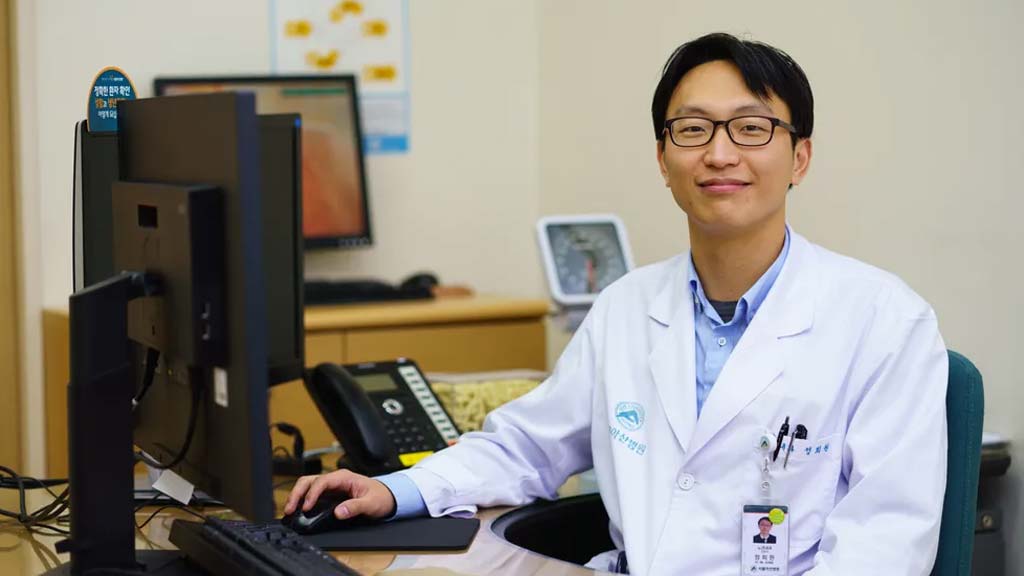
But in less than two years, it has reshaped how Koreans, especially those under 40, talk about food, stress, and longevity.
What is Korea Slow Aging Diet Trends: How the Process Works
Well, basically, the slow aging process focuses on preventing accelerated aging—what some experts now refer to as slow aging syndrome. The approach includes:
- Stabilizing blood sugar over time
- Minimizing inflammatory stress
- Protecting metabolic health
- Reducing physical and emotional overconsumption

Unlike those unhealthy obsessions with youth, Korea slow aging diet trends and syndrome do not aim to reverse aging or hack the body. But the main objective is to extend function and clarity across the years, not just the number of years themselves.
The Rise of the “Professor Slow-Aging” Effect
Dr. Jung didn’t plan to become a cultural figure. But once his unconventional ideas—like discarding ramyeon soup and adding frozen legumes—went viral, the shift became unstoppable.
His influence, especially on social media platform X (formerly Twitter), ignited what is now known as “Professor Slow-Aging” .
Instead of clinical nutrition advice, Jung’s posts emphasized simplicity, emotional steadiness, and longevity through restraint. His daily meals featured:
- Low-sodium, minimally seasoned food
- High-fiber grains and legumes
- Completely unprocessed ingredients
- No fruit juice, supplements, or processed sauces
It wasn’t flashy, and it was intentionally boring. But that’s exactly what caught fire.
Slow-Aging Diet Trends: Why Gen Z Is Ditching Flavor for Function
Once known for driving Korea’s ultra-spicy, sugar-heavy food trends, Gen Z is now reshaping wellness with radical restraint. And that contrast is no accident.
Young Koreans, who once lined up for sweet coffee drinks, creamy desserts, and fried school snacks, are now posting photos of barley bowls, miso salads, and semi-polished rice. Their language has changed too. Instead of “weight loss,” the goal is now “metabolic clarity.” Instead of “dieting,” it’s “longevity habits.”

This reversal reflects more than nutritional education—it shows a deep fatigue with overstimulation and an emotional craving for balance. For a generation shaped by digital chaos, high academic pressure, and pandemic-era instability, this new syndrome of Korea slow-aging diet trends is embracing relief, not just results.
From Meme to Market: How the Trend Took Over
Now, what began as online peer sharing quickly translated into commercial momentum. Major Korean food brands and convenience chains saw the writing on the wall—and adjusted.
- 7-Eleven Korea partnered with Dr. Jung to release slow-aging lunchboxes: low in seasoning, rich in whole grains, and free from high-GI sauces.
- CJ CheilJedang launched the “Slow Eat Day” campaign at its corporate cafeterias to normalize simple, unprocessed meals.
- GS25 introduced semi-polished rice products after seeing a massive uptick in demand for mixed grains.
- Hyundai Green Food rolled out a full health-care brand titled Healthy Aging, targeted at younger consumers.
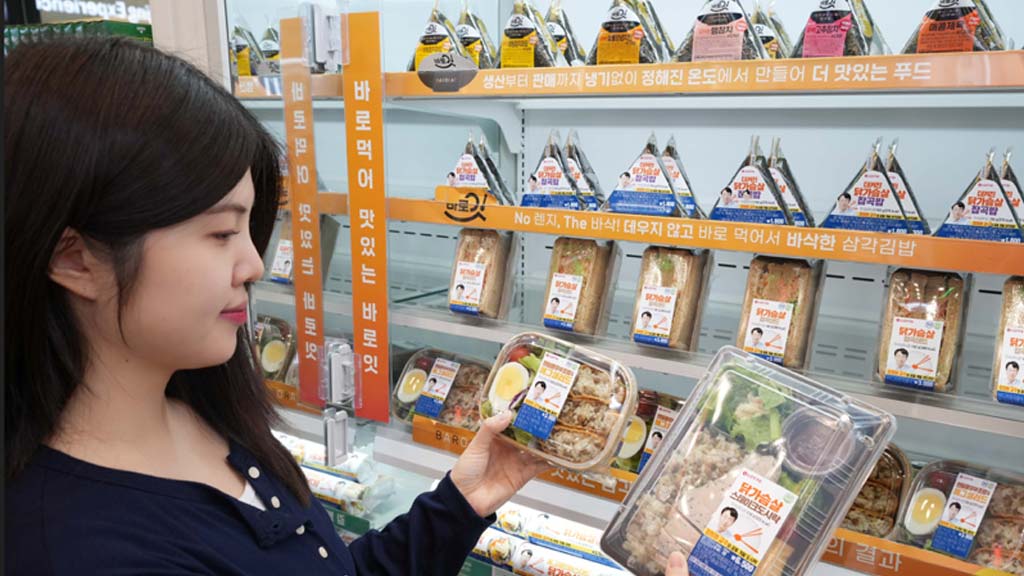
Moreover, many of these offerings remain top sellers on mobile shopping apps and food delivery platforms—even months after launch.
And so, in a market previously ruled by taste trends, this quiet, long-term behavior shift is the trend itself.
The Psychology Behind Slow Aging Syndrome Awareness in Korea
You might be wondering: what’s driving this intensity? Why it’s young people—and it’s the MZ generation again—suddenly care so much about youth? Aren’t they still young, though? Do they want to stay young forever?
Well, yes and no.
There are two major forces driving the slow-aging diet trends and syndrome in South Korea: the fear of early aging and a cultural pivot toward self-love.
According to Dr. Jung and fellow researchers, the rise in early-onset lifestyle diseases has contributed to what some call slow aging syndrome consciousness. With diabetes and metabolic syndrome taking over people in their 20s and 30s, it’s not just older adults worrying about aging anymore.
In fact, the new survey data seems to have backed this up. A 2024 Embrain Trendmonitor study showed:
- 55% of Koreans in their 20s actively manage their health (up from 30.8% in 2016)
- 49.5% of those in their 30s now prioritize wellness in daily routines (up from 32% in 2016)
This makes Gen Z and young millennials the second most health-conscious demographic in Korea—trailing only those in their 60s. That’s a staggering generational shift in less than a decade.

Unlike previous generations, this group isn’t aiming for fast results. Their goal is internal balance. They aren’t eating for bikini season—they’re eating to avoid burnout, emotional crashes, and systemic fatigue.
More Than Just a Wellness Aesthetic
And no, Korea slow-aging diet syndrome are way beyond those viral TikTok and Instagram trends. Why? Well, viral TikTok and Instagram trends focus on one crucial factor: visual aesthetic. But Korea slow-aging diet doesn’t fit these criteria.
You can see how earlier food trends—like rainbow bagels or dalgona coffee—they take over the internet with their stunning visuals. Korea slow-aging diet are way far from photogenic. These brown rice, steamed vegetables, and fermented dishes do not certainly show that dazzling sparkles you see so appealing on TikTok.
Yet, they still resonate deep into the young generation.
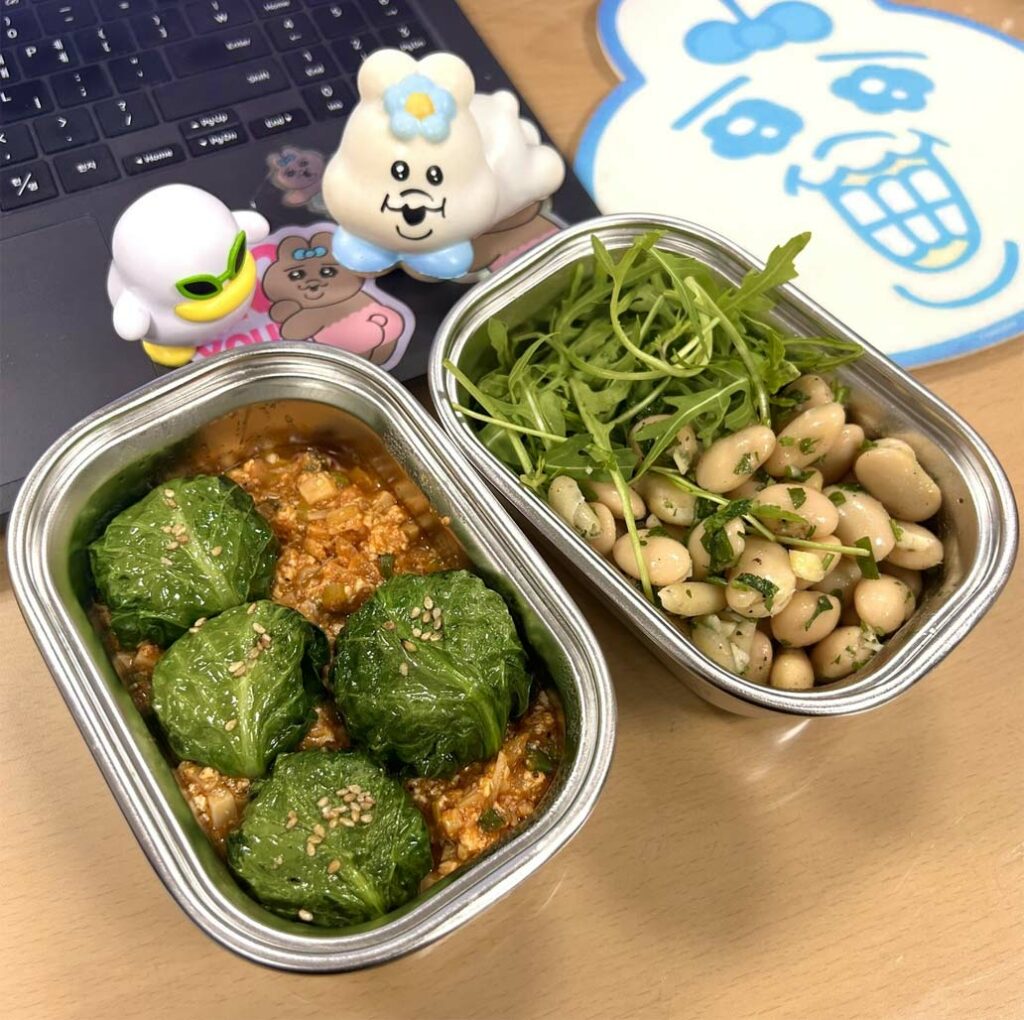
Why? It’s because the people eating them aren’t doing it to impress you. They’re doing it to restore themselves. That authenticity, more than any color or filter, is what makes this trend endure.
And in a culture that often glorifies overwork and perfection, choosing to slow down, eat with intention, and reject overstimulation is an act of quiet resistance.
Korea Slow-Aging Diet Syndrome: Why This is NOT Just Short-Lived Trends
While there are other experts who remain skeptical about whether the slow-aging diet trends will become just another passing syndrome in Korea, the fact that those slow-aging diet meals have remained in top-selling items among millennial and Gen Z users only show that this is no longer a syndrome or mere trends.
Slow-aging diet has become a new lifestyle among the MZ generation in South Korea. And here’s why:
- It’s Personal: Gen Z doesn’t follow authority blindly. They try it, share it, and decide for themselves.
- It’s Flexible: No rigid meal plans or supplements to buy. It adapts to individual preferences and income levels.
- It Feels Like Control in a Chaotic World: When everything moves too fast, eating slowly, chewing deliberately, and saying no to overstimulation becomes a form of emotional grounding.

Korean health culture has seen trends before—clean eating, intermittent fasting, calorie-cutting apps. But this time, the trend is rooted in conscious consumption and self-preservation, not optimization or aesthetics.
Even cafeterias in major corporate buildings now offer “Slow Eat Day” menus—encouraging employees to choose meals that help regulate blood sugar and support long-term vitality.
When institutions follow a generational health trend, you know it’s no longer niche—it’s the new baseline.
The Future of Wellness in Korea Starts with Slowing Down
If you’ve felt overwhelmed by diet plans, health trends, or the pressure to always “fix” your body, Korea’s slow-aging trend may offer something rare: peace.
The slow aging process doesn’t require you to buy a product or follow a regimen. It invites you to observe your own pace, respond to your own body, and build habits that extend—not rush—your vitality.
So, once again, the Korea slow-aging diet syndrome has never been about that fantasy of staying young forever. It’s about maintaining capacity: your energy, clarity, stability, into your 30s, 40s, and beyond.

That’s what Gen Z seems to understand more deeply than any generation before them: the value of aging well starts long before the signs show up.
And they’re not waiting for permission.
Therefore, if you’ve ever felt like your body is louder than it used to be—tired, inflamed, reactive—maybe it’s not a sign of decline. Maybe it’s a signal. And maybe the slow-aging lifestyle isn’t really a fix. Instead, this signals a movement of return.
A return to you.
If you’re looking to promote your products and connect with international buyers, please don’t hesitate to contact us.
Join us on an exciting journey to explore the vibrant world of Korean lifestyle – from the latest beauty tips to the hottest tech and so much more on Facebook, Twitter, LinkedIn, and Flipboard.



